Havana’s Santa Catalina de Siena Church (Photo Feature)
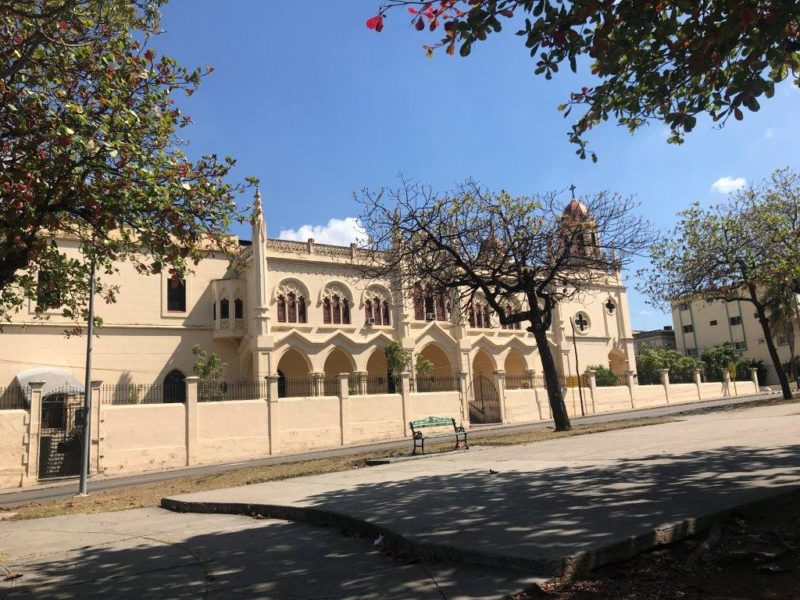
By Irina Pino
HAVANA TIMES – Three of my nephews were baptized in this beautiful house of worship, located on Paseo and 25th Street in Vedado. They had to go to Catechism classes first because they weren’t little anymore. I remember that the group baptism of teenagers began in the afternoon and ended in the evening.
When I come back to my old neighborhood, I go to this place of refuge.
The lives of consecrated persons – in this case Catalina Benincasa Piacenti (1347-1380) – are fascinating, and I think series, movies and documentaries should be made about them so people can learn their stories.
She was born in the Republic of Siena, into a lower middle class family. Her father was a dry cleaner, and her mother was the daughter of a poet.
She had a vision of Christ – who tested her spirit -, when she was six years old, as she was crossing a field with her brother after visiting her sister Buenaventura.
She slowly began to withdraw from everyday life, taking refuge in solitude and prayer. She even spent some hours in the desert one day, just like Christ had, without anyone realizing. I guess she was also looking for answers.
What can we make of a person who took a vow of chastity at seven years old? Then, at 15, she shaved her head and put on a tight veil when preparations were underway for her wedding. She was so moved by her sister’s death giving birth, that she decided to be lay and Dominican.
Word has it she would keep long fasts and would practice mortification of the flesh. This resulted in health complications over time, and she died young.
Preacher of the Gospel, she is one of the extraordinary mystics of Christianity. She surrendered herself to God entirely, she took care of the infectious sick, and the abandoned.
In 1370, she heard a superior call to join the churches in every Italian Republic, and she served as a mediator in civil and ecclesiastic conflicts. She wrote letters to high-ranking government and Church leaders, and she mediated for Pope Gregory XI.
Catalina’s work is topical because it called for peace, at the service of the Faith in harmony with humanity, free of selfishness and moral corruption. She also redeemed women’s role within the Church.
She is a spiritual master, and she left behind a theological book “The Dialogue”. The book has a Prologue, Doctrines of the Bridge, Truth and Tears. As well as the Mystical Body of the Holy Church. Obedience and Conclusion.
Some historians claim that she didn’t know how to read or write, and that she dictated these to different secretaries. Illiterate or not, she was highly intelligent and intuitive.
I guess that these are questions, reflections, teachings and conversations with God under the influence of redemptive extasy. Spirit to spirit.

















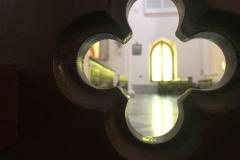
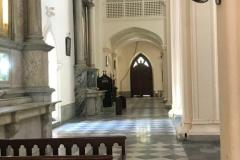
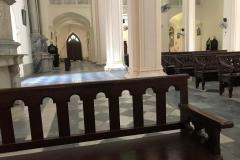

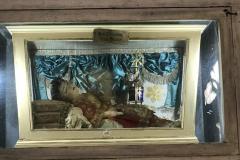

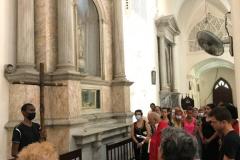
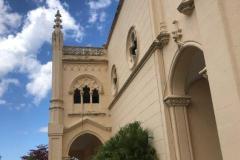





I’m not a religious person, but something that I learned to admire with a friend is the architecture of the different places, and the churches have some of the most beautiful architecture.